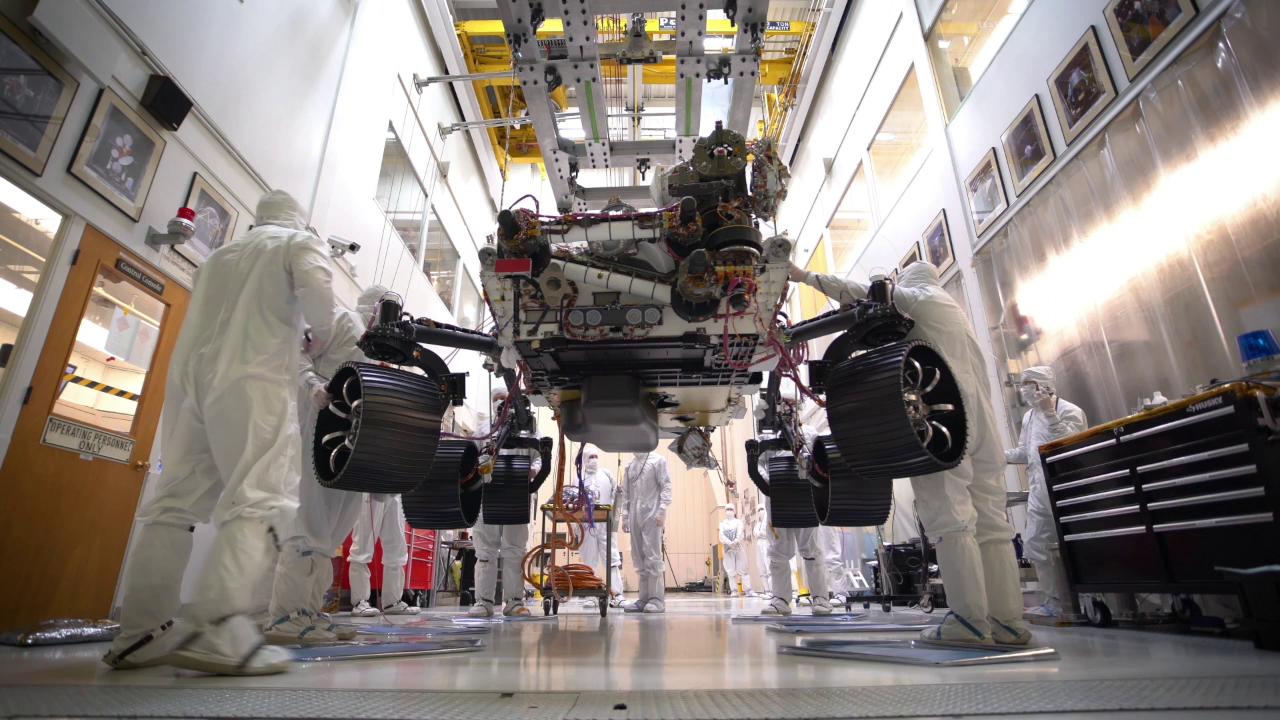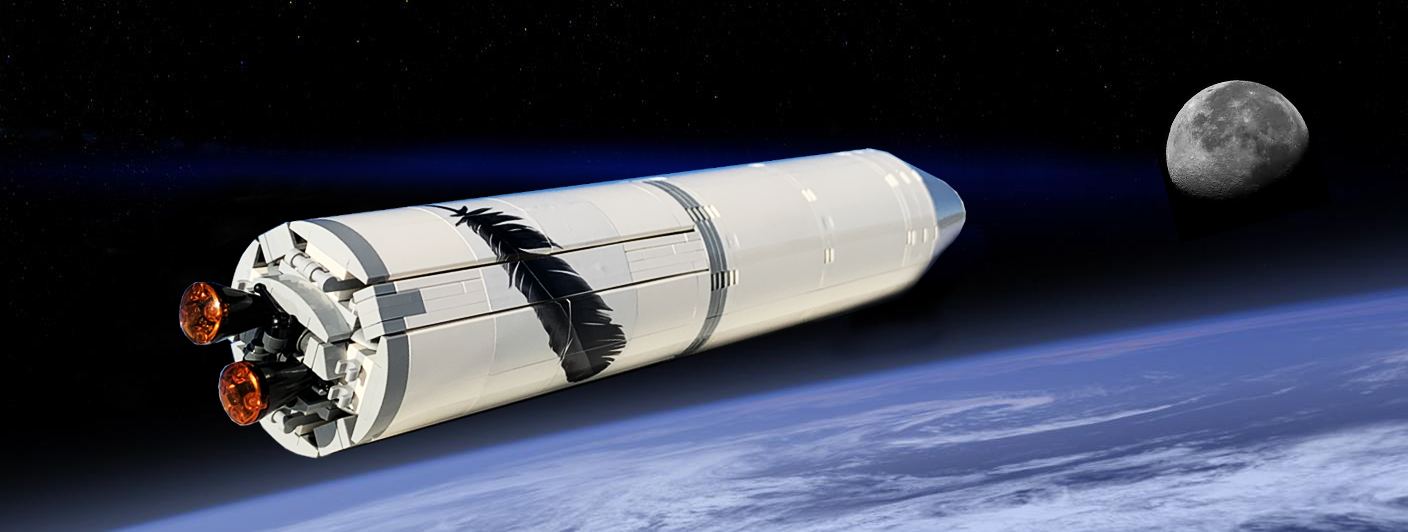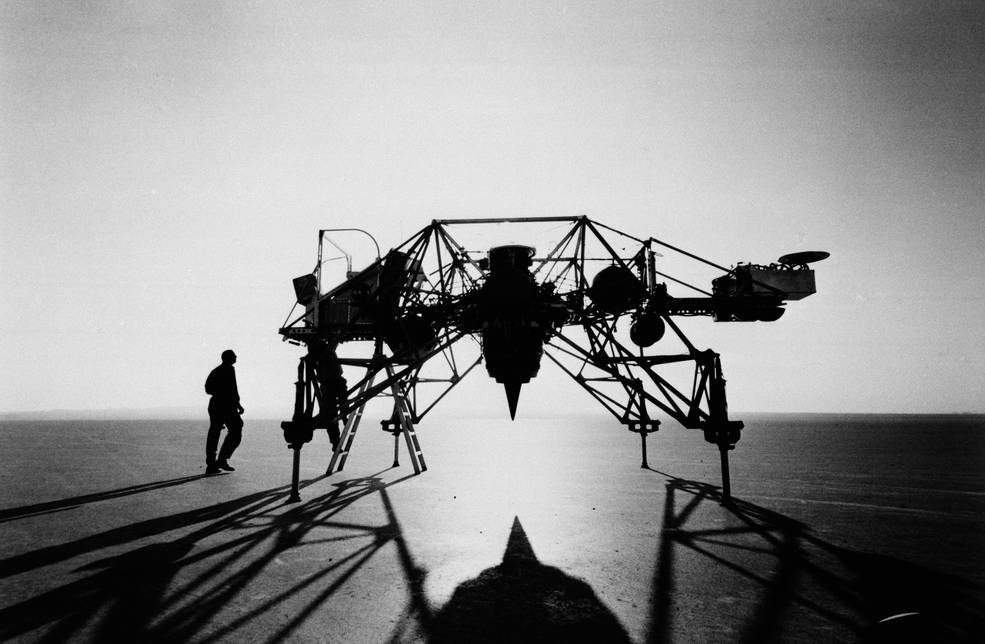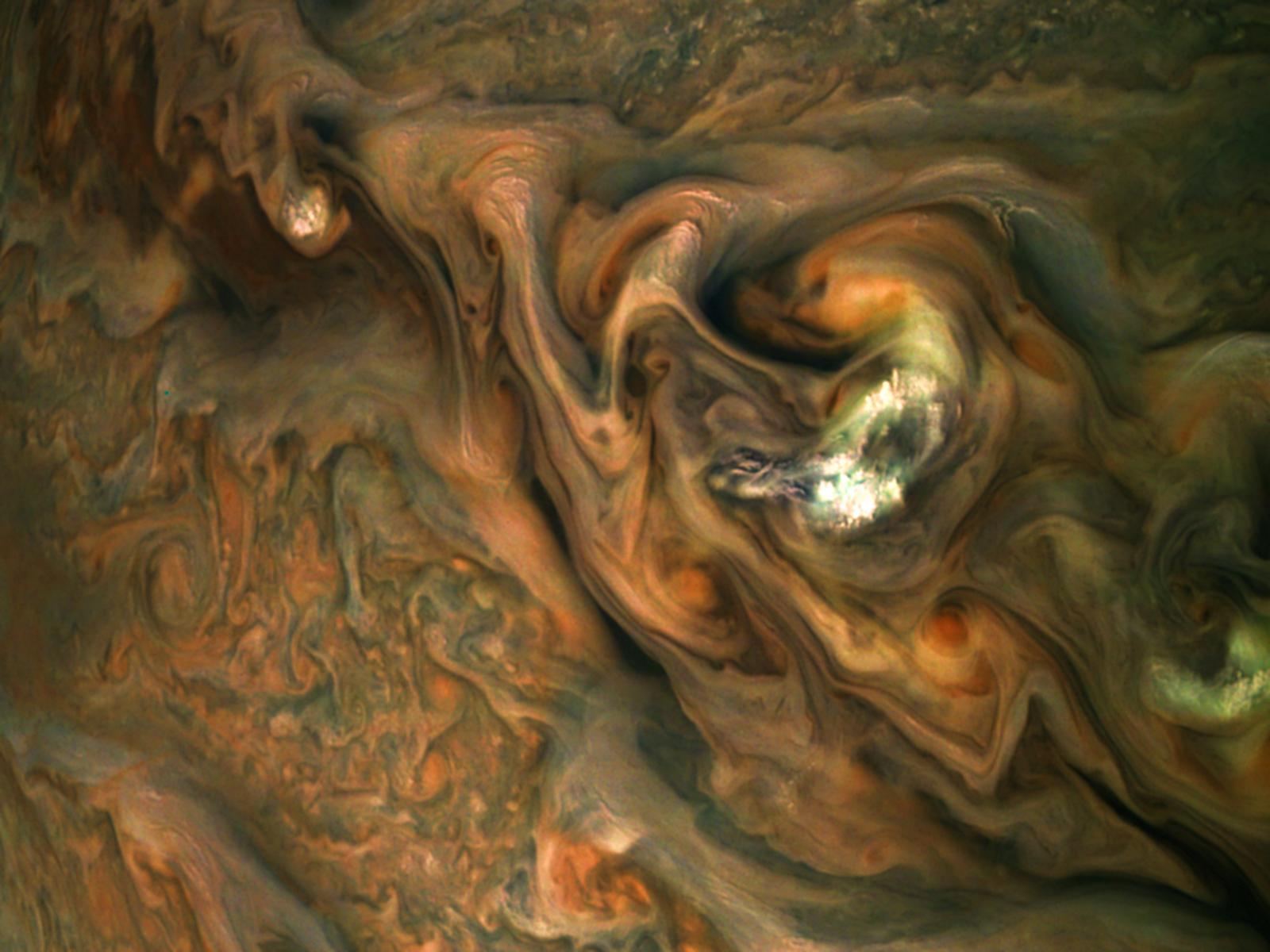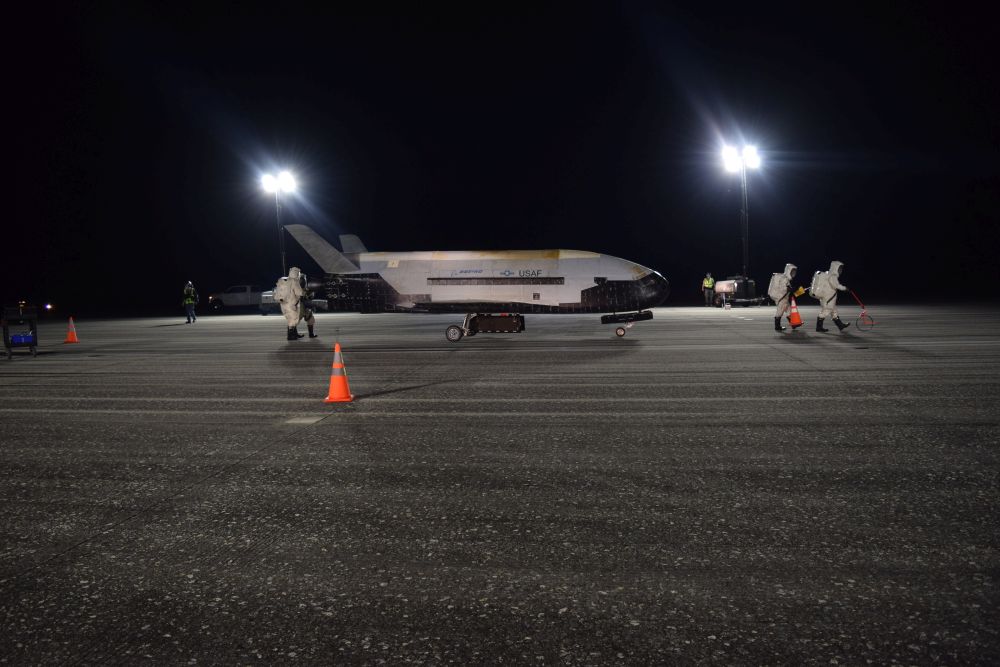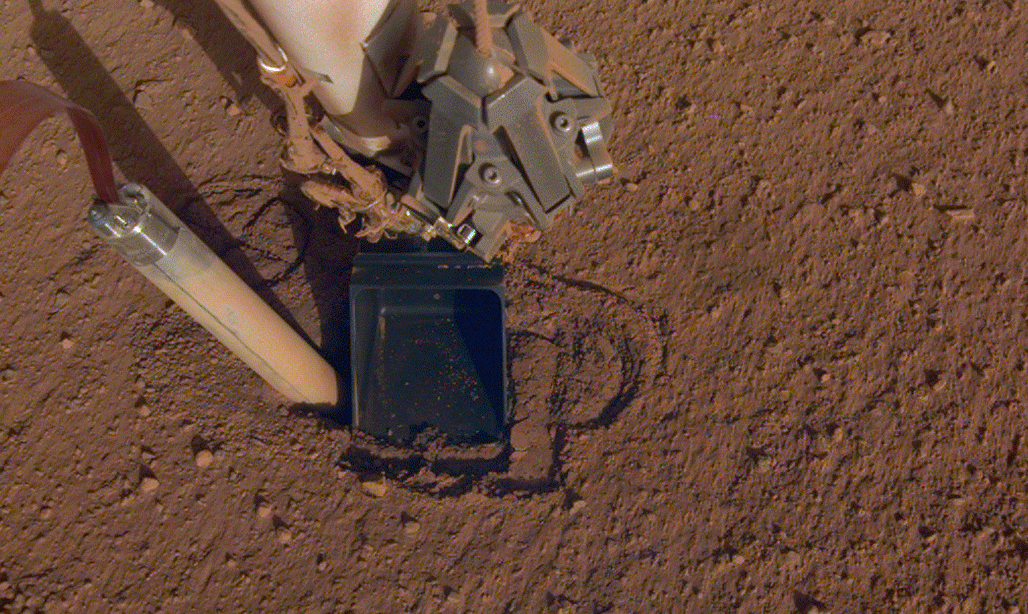This coming July, the Mars 2020 rover will launch from Cape Canaveral, Florida, and begin its journey to the Red Planet. After it touches down in the Jezero Crater, the rover will commence science operations similar to what Curiosity has been doing since 2012. This will consist of driving over rough terrain, sampling the atmosphere, collecting drill samples, and subjecting them to chemical analysis.
In order to get it ready for this mission, the engineering team over at NASA’s Jet Propulsion Laboratory are putting the rover through its paces. On Oct. 8th, this included placing the full weight of the rover on its legs and wheels for the first time ever. This event, which was tantamount to an infant standing for the very first time, was captured with a time-lapse video that you can see below.
Continue reading “Mars 2020 Stands Up on its Wheels For The First Time”
